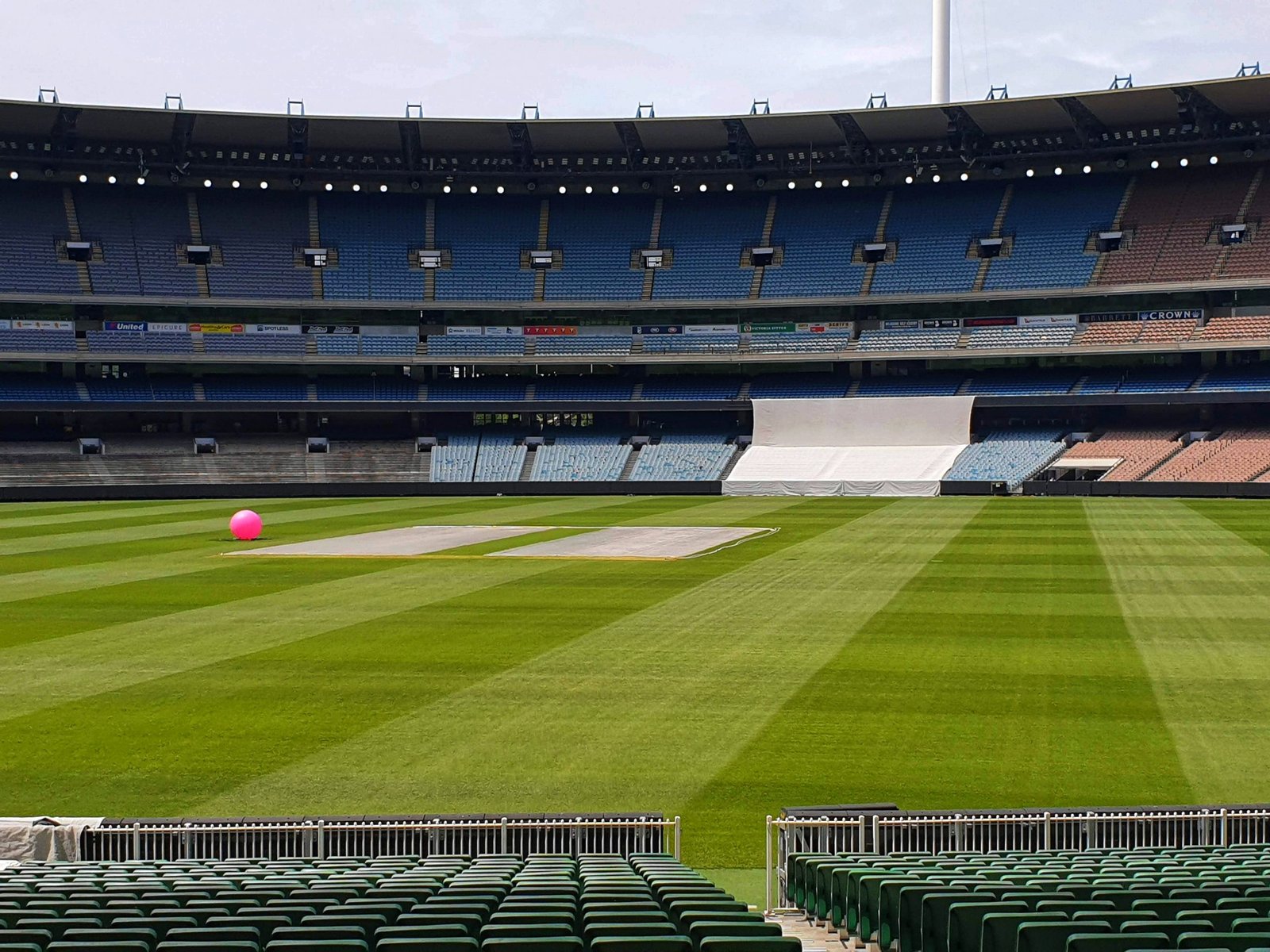
copyright PixaHive
Cricket is supposed to be about bat vs ball.
But more often than not, it’s the pitch that decides the winner.
Flat road? Expect 600 runs.
Dust bowl? Spinners run riot.
Green top? Good luck surviving the first hour.
And in major tournaments, this has become less about strategy and more about controversy.
Home Comfort or Home Cooking
Home advantage is part of cricket.
But in recent years, it’s started to look like home engineering.
Teams in the subcontinent ask for slow turners.
Australia and England want grass and bounce.
Even in T20 leagues, home teams complain about their own pitches.
Fans see through it.
Especially when a pitch gets changed overnight before a World Cup semi final and suddenly favors the hosts.
Flashpoints Everyone Remembers
The Semi Final Switch
A knockout game saw the pitch replaced at the last moment. The surface turned slow and spinning, and critics claimed it handed a huge edge to the home side.
Rawalpindi’s Heat Lamps
During a marquee Test, Pakistan reportedly used patio heaters and giant fans to dry out a flat track and create turn for their spinners. The visitors were left furious.
Franchise League Clashes
Domestic leagues have their own pitch wars. Coaches have blamed curators. Captains have accused rival teams of creating hostile surfaces.
Pitch Fixing Scandals
There have even been curators caught offering to alter pitches for cash. It’s rare, but every time it happens, trust in the game takes a hit.
The Numbers Don’t Lie
- Toss Advantage: Winning the toss improves your win chances by around 2.8% across all formats. In Tests, that edge grows on pitches that deteriorate sharply over five days.
- Home Record in ICC Events: Since 2011, five out of the last six ICC white-ball trophies were won by the host or co-host nation. Conditions clearly matter.
- Spin vs Pace Patterns: At Rawalpindi in recent Tests, seamers have bowled 56% of deliveries but taken 64% of wickets — showing how pitches are fine-tuned for local strengths.
- Venue Bias: Teams batting first in day-night ODIs win 57% of matches on average due to fresher pitches early and heavy dew later.
Is This Still Fair?
Boards say preparing pitches to suit home strengths is part of the game.
But when extremes start deciding outcomes, it feels less like sport and more like scripted theatre.
Fans expect World Cups and finals to reward the best team.
Not the best curator.
What Needs to Change
- Neutral pitch prep for major tournaments to remove doubts about bias.
- Clear pitch standards so no surface is extreme enough to ruin contests.
- Transparency for fans about how wickets are prepared and rated.
Conditions are part of cricket’s charm.
But when the pitch becomes the biggest factor in deciding results, it damages the game’s credibility.
The pitch should be the stage — not the star of the show.
Leave a Reply